Completely Surreal Photos Of America’s Dead Malls
An inside look at nine abandoned malls. There is nothing creepier and more fascinating

Dead malls are popping up all over the states, particularly in the Midwest, where economic decline has sped up the “going out of business” process. This map, put together by a Dead Malls Enthusiasts Facebook group, shows that well.
As Americans are faced with multiple shopping options and more stores are leaving malls, it should be interesting to see if malls and mall culture will survive.
What you are about to see is what happens when malls are abandoned. It’s apocalyptic and really, really creepy.
Rolling Acres Mall: Akron, Ohio
The Rolling Acres Mall opened in 1975 and expanded several times throughout its history. At one point, it had more than 140 stores. On Dec. 31, 2013, the mall’s last retail store closed, and it currently remains abandoned.

Hawthorne Plaza Mall: Hawthorne, Calif.
The Hawthorne Plaza Mall was opened in 1977 in partial hopes to revive the city of Hawthorne. At one point, it had 134 stores, but during the ’90s the mall went into decline. By 1999, it had closed. The mall is featured in 2001’s Evolution and 2002’sMinority Report.

Cloverleaf Mall: Chesterfield, Va.
The Cloveleaf Mall opened in 1972 with 40 shops anchored by J.C. Penney and Sears. The mall was a popular hangout for families in the ’70s and ’80s, but according to the Chesterfield Observer, “That all changed in the 1990s. Cloverleaf’s best customers, women, began staying away from the mall, fearful of the youth who were beginning to congregate there. People started seeing kids with huge baggy pants and chains hanging off their belts, and people were intimidated, and they would say there were gangs.” Stores stopped renewing their leases and in 2007 it closed permanently.

North Towne Square Mall: Toledo, Ohio
The North Towne Square mall opened in 1980 in hopes of reviving the north end of Toledo. The mall featured stores that weren’t found anywhere else in the area: Chick-fil-A, Camelot Music, CVS, and Frederick’s of Hollywood. During the ’90s, the economy in Toledo was on the downturn and by the early 2000s, stores were leaving the mall. In 2005, the mall was closed and finally demolished in 2013.

Woodville Mall: Northwood, Ohio
The Woodville mall, like other Ohio malls, experienced an economic decline in the ’90s. The mall was opened in 1969 and by the early 2000s most stores had left. In 2014, it was demolished.

Crestwood Mall: St. Louis
Crestwood Mall opened in 1956 and stayed open for more than 55 years. At one point, it had over 90 stores and 4 anchor stores. According to St. Louis Today, “Like many longtime indoor malls across the country, it is changing because of age, location, new ways of shopping, and increased competition from newer shopping centers and the Internet.” The mall was also inconvenient to get to because it wasn’t close to an interstate exit. In 2013, the mall was put up for sale, and if sold, will most likely be razed.










Dixie Square Mall: Harvey, Ill.

The Dixie Square Mall opened in 1966 and only stayed open for 13 years. In 1979, the Blues Brothers movie shot its iconic driving-through-the-mall scene there. Later that year, the mall closed due to a spike in crime. It stayed abandoned until 2011,when it was demolished.
This is what it looked like during the Blues Brothersfilming:

Turfland Mall: Lexington, Ky.

The Turfland Mall was the first enclosed shopping mall in Lexington, Ky., and opened in 1967. It was popular until the mid-’90s when another local mall expanded. The mall closed in 2008.



Randall Park Mall: North Randall, Ohio

Randall Park Mall opened in 1976 and closed in 2009. In 1995, there were 120 stores that employed 5,000 people. The mall began its decline in the early 2000s when J.C. Penney and Dillard’s left. By 2008, the mall was basically empty. The mall is currently being demolished and will be gone any day now. An industrial park will replace it.













































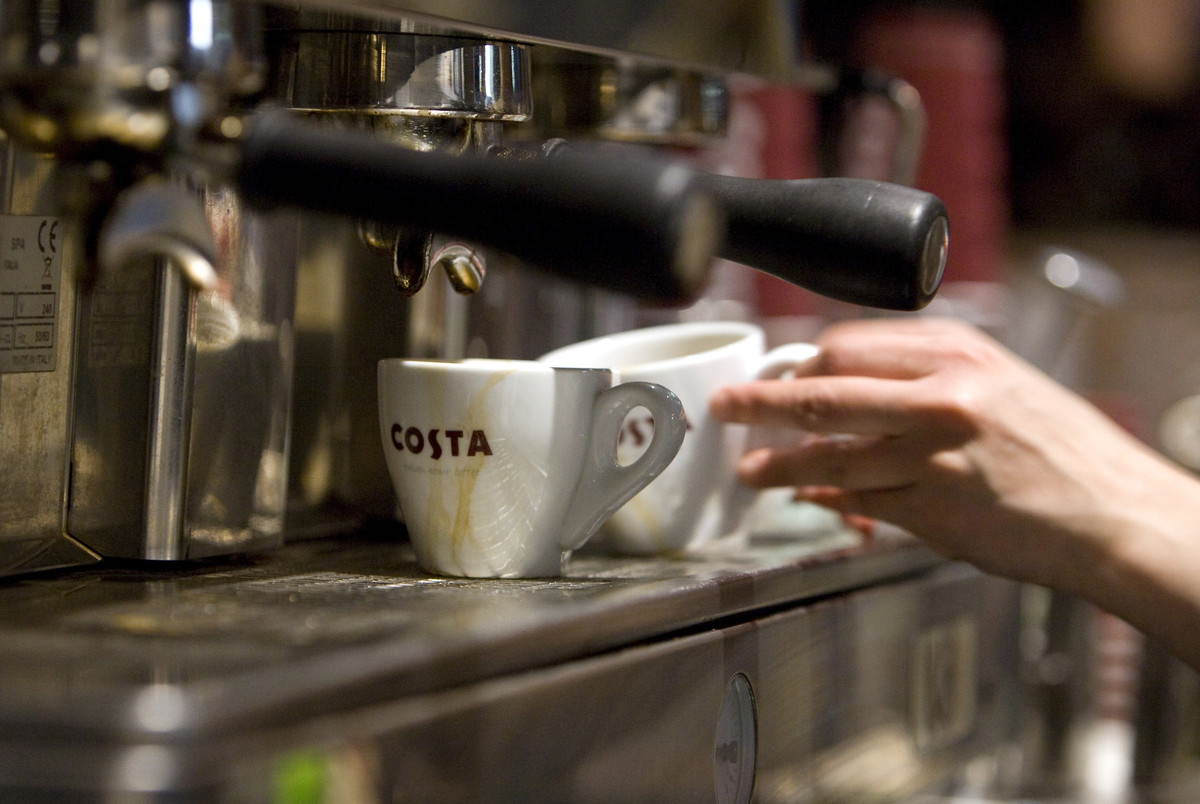
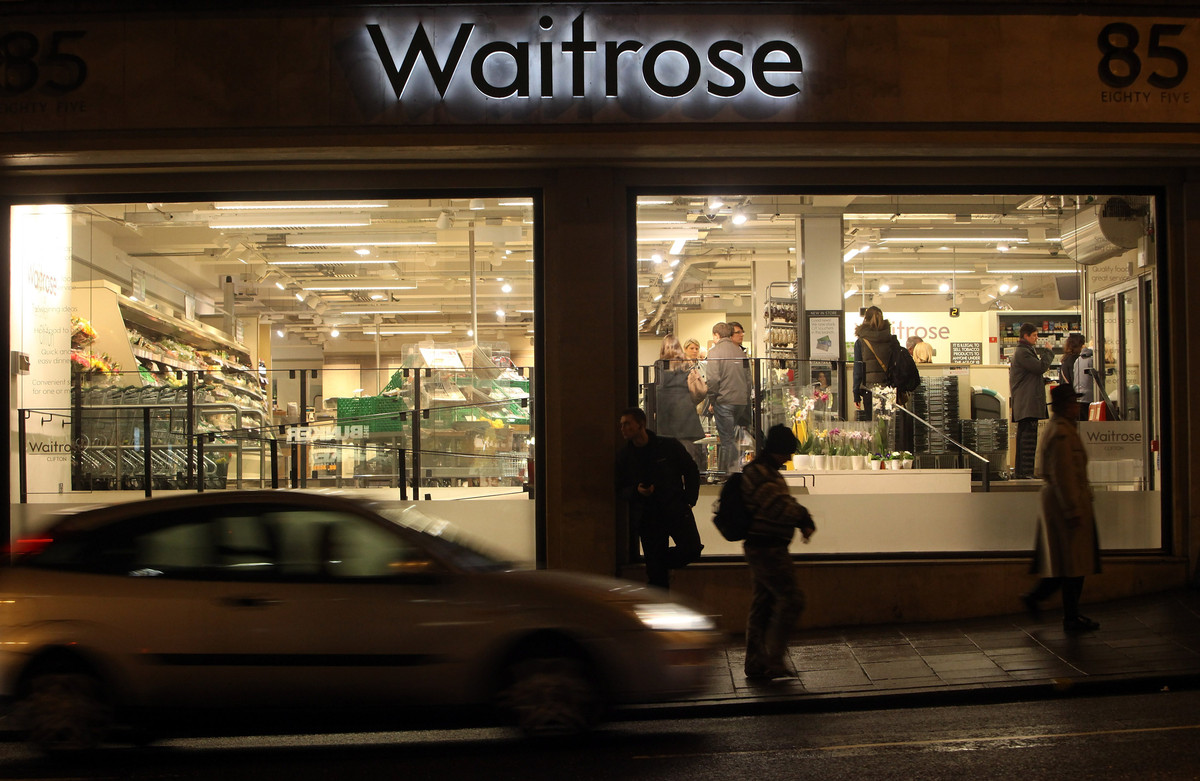
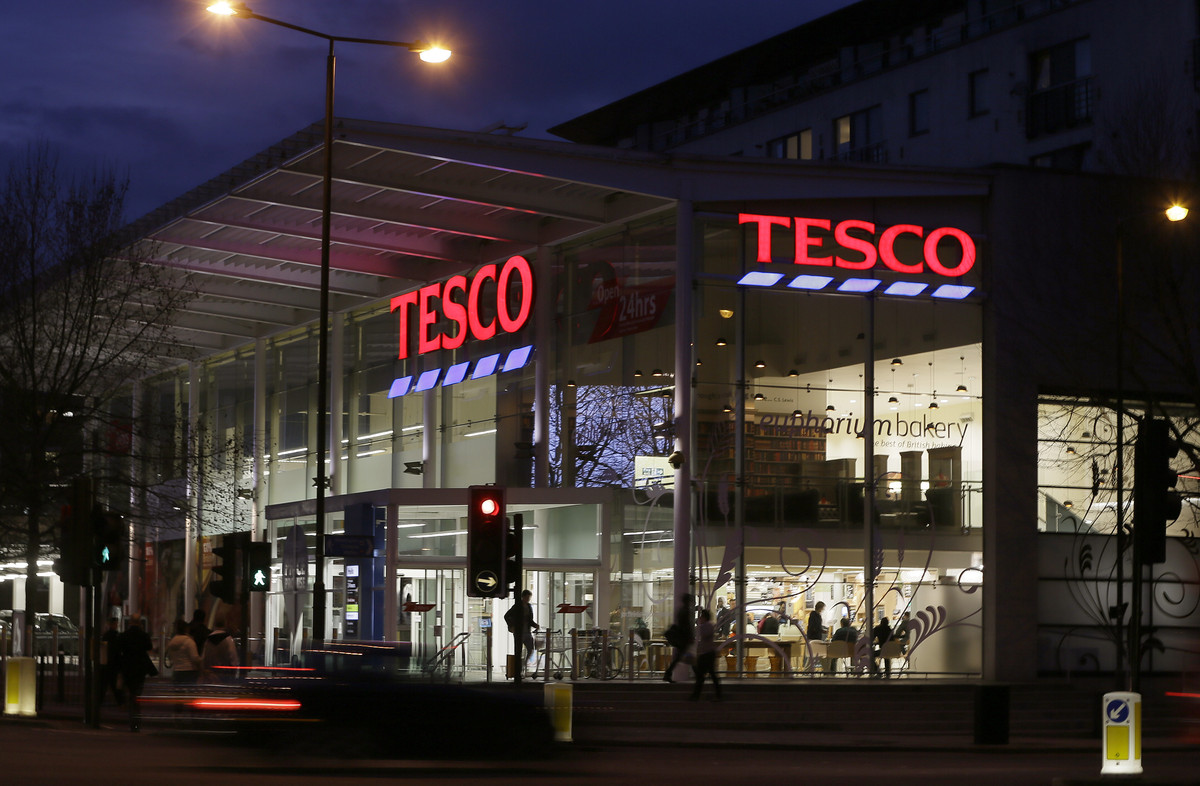
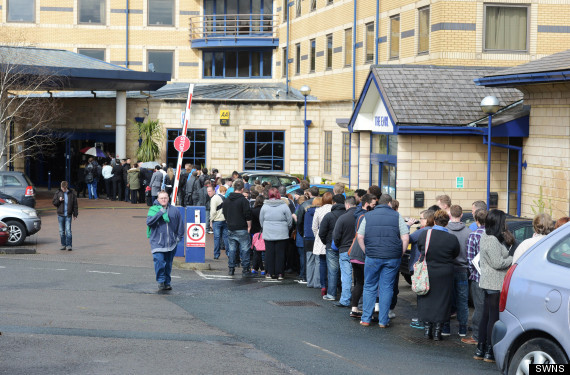
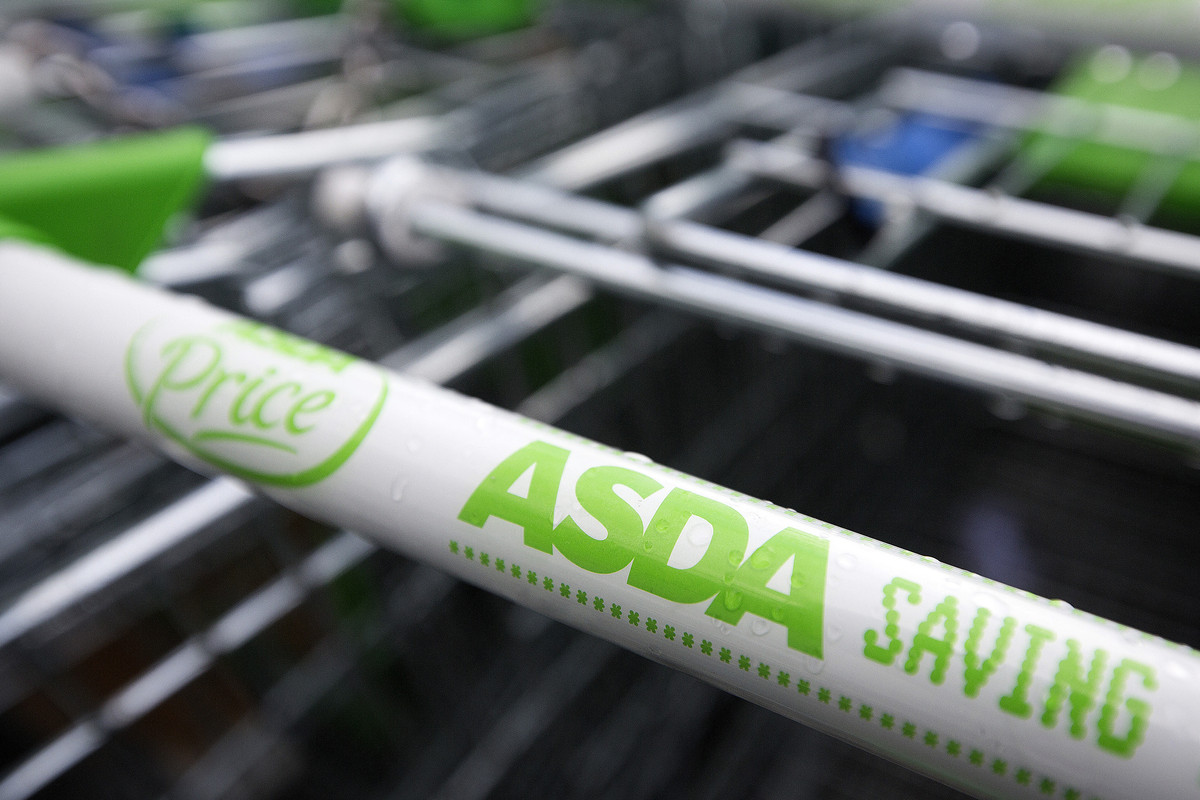
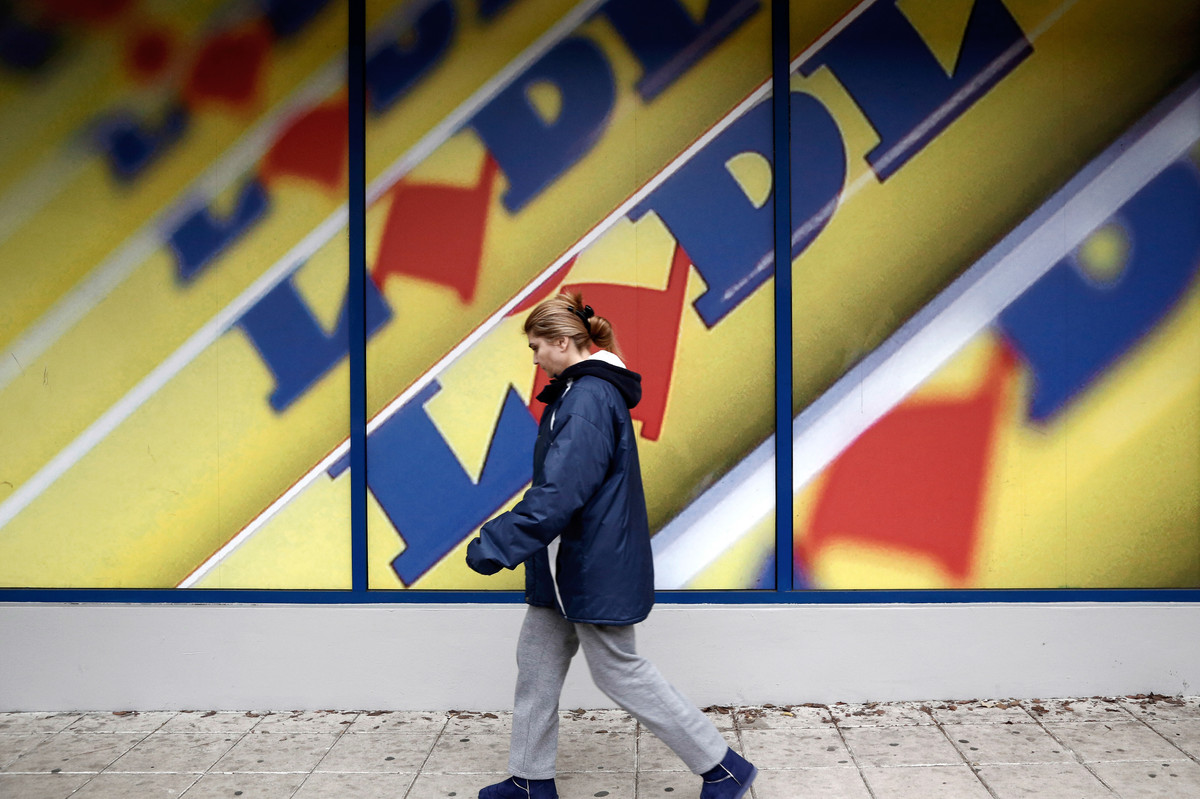


















Recent Comments